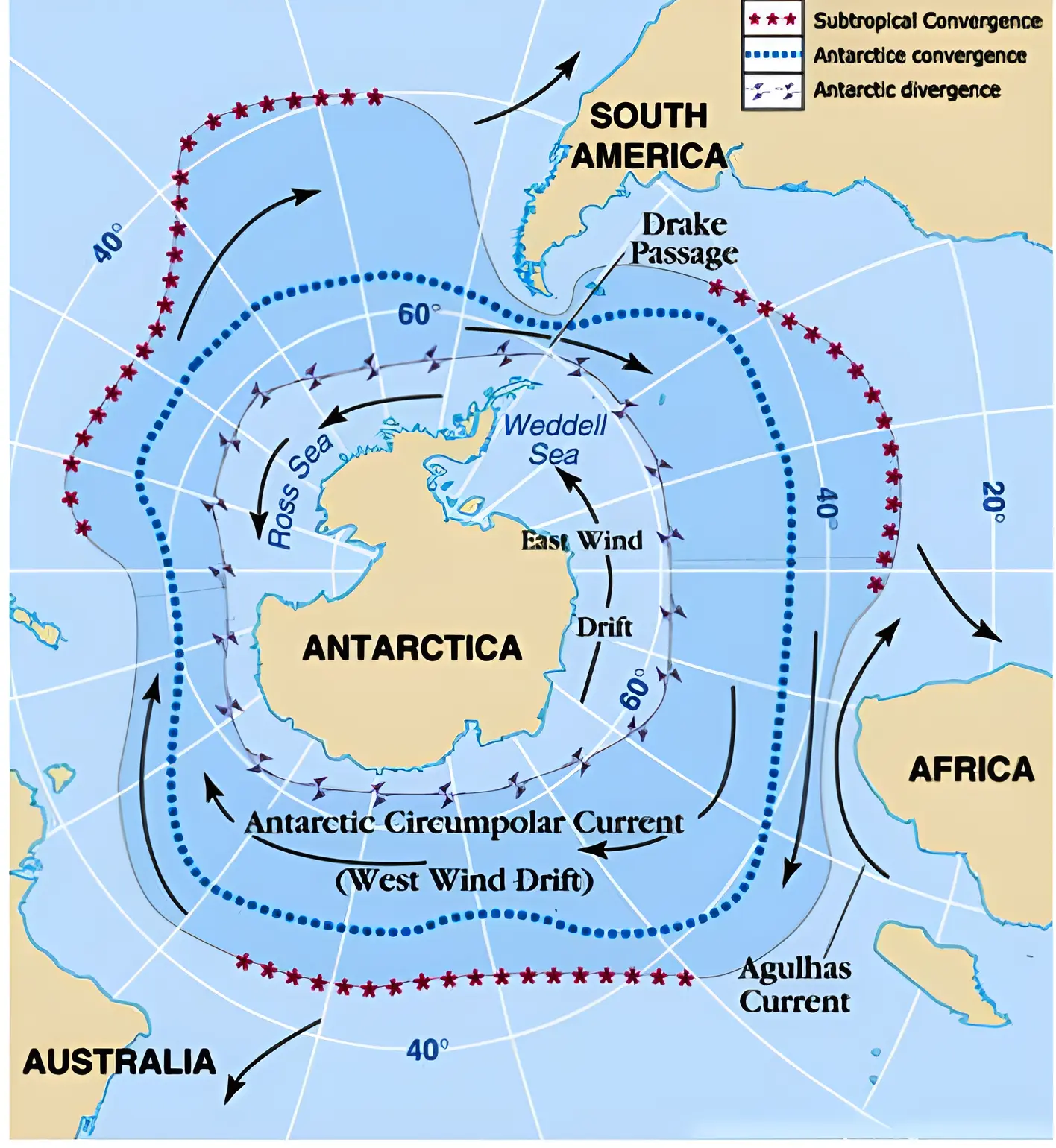![]() 29 Mar 2024
29 Mar 2024
Scientists reconstructed the history of the world’s most potent ocean circulation over the previous 5.3 million years, including how it is linked to global climate.
 Role of Antarctic Circumpolar Current: Antarctic circumpolar current plays a key role in regulating global climate and is also the world’s most powerful and primary means of inter-basin exchange of heat, carbon dioxide, chemicals and biology.
Role of Antarctic Circumpolar Current: Antarctic circumpolar current plays a key role in regulating global climate and is also the world’s most powerful and primary means of inter-basin exchange of heat, carbon dioxide, chemicals and biology.Ocean Currents
|
|---|
| Must Read | |
| NCERT Notes For UPSC | UPSC Daily Current Affairs |
| UPSC Blogs | UPSC Daily Editorials |
| Daily Current Affairs Quiz | Daily Main Answer Writing |
| UPSC Mains Previous Year Papers | UPSC Test Series 2024 |

<div class="new-fform">
</div>